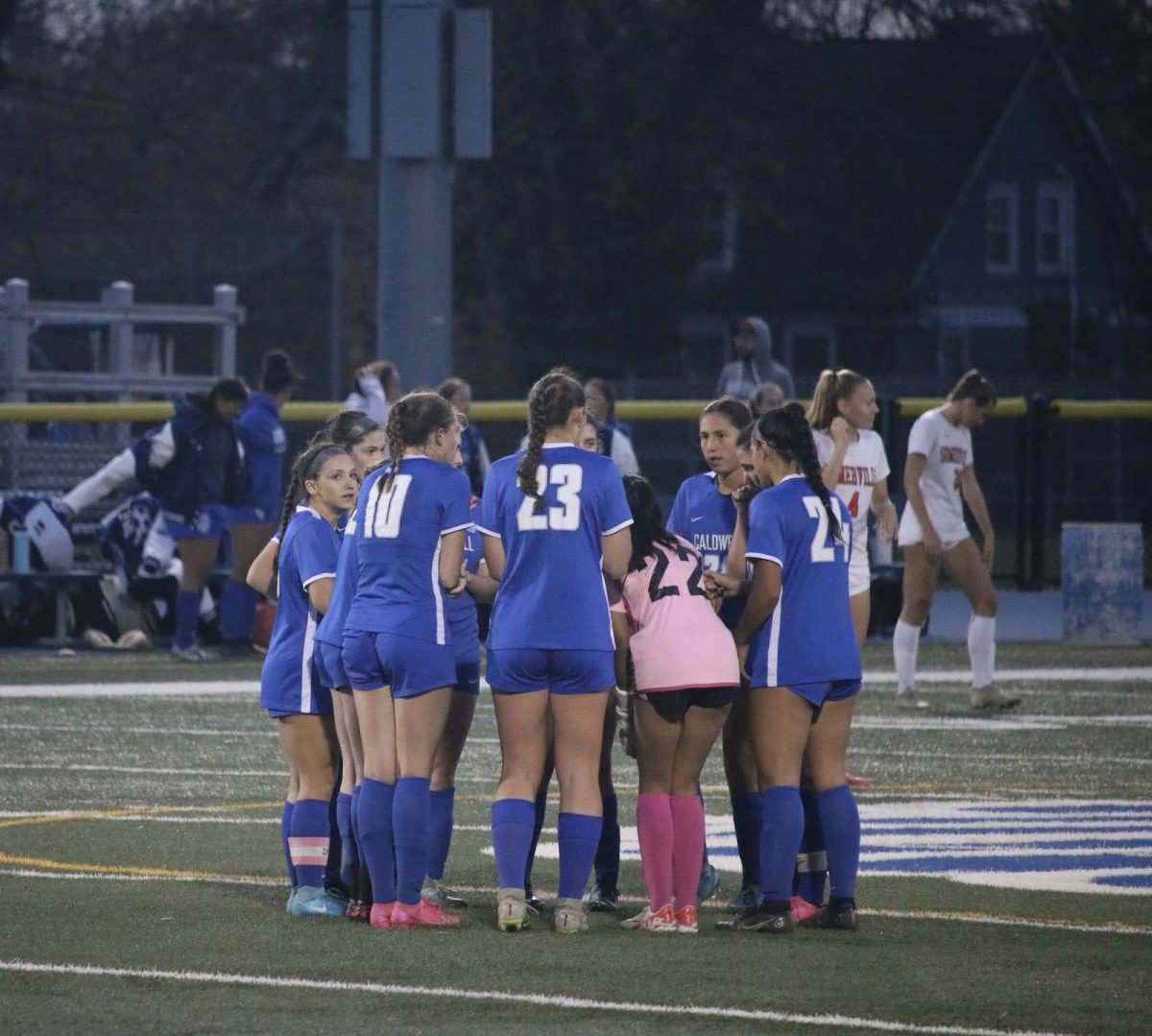
In the past, a blanket of snow would almost guarantee a day away from school, but now, things appear to have changed. Last week, New Jersey recorded a snowfall of around 12 inches (nj.com). Hundreds of schools throughout the state had to close due to the dangerous conditions of the impending storm. However, this decision to close schools may not be around forever. In recent years, the advent of technology has provided schools with the means to continue learning remotely, even in inclement weather. This would mean the end of the traditional and well-loved days off from school. Despite the convenience and efficiency of virtual instruction, there are compelling reasons why traditional snow days should be preserved.
Five years ago, the slight mention of impending snowfall would send waves of excitement through the student body. The hope of a snow day was almost predictable, as students eagerly awaited the announcement from school officials. However, fast forward to today, and the atmosphere surrounding snow days has notably shifted. Some schools have considered removing the beloved practice of snow days and replacing it with online virtual instruction, similar to the style used during the 2020 pandemic. The decrease in the likelihood of snow days following the pandemic can be attributed to several factors. With the widespread adoption of remote learning technologies, schools are better equipped to continue classes even in inclement weather. The pandemic has prompted schools to reevaluate their approach to education and adapt to new circumstances. Administrators are more inclined to prioritize continuity in learning, even in adverse weather conditions, to minimize disruptions to the academic calendar. Furthermore, the shift away from traditional snow days may exacerbate existing inequities in access to education. Not all students have reliable internet access or the necessary technology to participate fully in virtual instruction. For marginalized communities already disproportionately affected by the digital divide, the reliance on remote learning during inclement weather further exacerbates disparities in educational opportunities.
One of the most compelling arguments in favor of traditional snow days is the importance of fostering social and emotional well-being among students. Snow days offer a rare opportunity for students to disconnect from the demands of academic rigor and enjoy unstructured time with friends and family. The day off fosters a sense of joy that cannot be replicated through virtual means. According to The Atlantic, “Snow days are ‘like gifts from the heavens that we all need: a sigh, a moment’” (The Atlantic). This provides insight into the intangible benefits of preserving traditional snow days and underscores the importance of balancing academic rigour with moments of joy and spontaneity.
The description of snow days as a “sigh, a moment” suggests that they offer a much-needed respite from the rigors of daily life. In the hustle and bustle of the academic year, snow days provide a brief pause, allowing students and educators to catch their breath and recharge. This moment of reprieve fosters a sense of rejuvenation and well-being, promoting mental and emotional health. My personal opinion regarding snow days is that snow days can serve as a much-needed break amid academic stress. It gives you a day to relax and focus on yourself rather than school.
Traditional snow days serve as a welcome reprieve for educators, not just the students, allowing them the opportunity to recharge and give them a break as well. The unpredictable nature of snowfall forces both students and teachers to relinquish control and embrace spontaneity, fostering an atmosphere of creativity and exploration. Critics of traditional snow days may argue that they disrupt the continuity of learning and pose logistical challenges for schools. However, it is essential to recognize the intangible benefits that these days off provide for the overall well-being of students and educators alike. By preserving traditional snow days, schools affirm their commitment to a holistic education that prioritizes the social, emotional, and developmental needs of students.



























